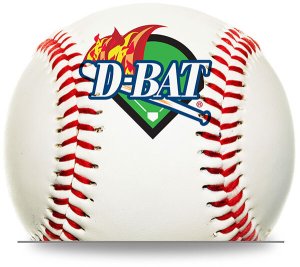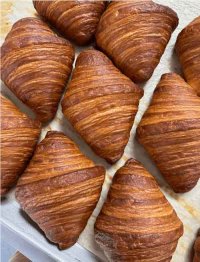Spring is finally edging the last of winter aside. After being cooped up all winter, it is a joy getting outside in the sunshine and digging into our garden projects.
The first order of business will be to rake the lawn. Obviously raking removes all the twigs, branches and pinecones from the lawn but there are other benefits. Raking will fluff up the matted blades of grass. This allows air to dry the old blades of grass, which lessen the chances of a fungal disease taking hold. A raked lawn will also warm up quicker and get the grass growing sooner.
Another benefit of spring raking is the chance to get reacquainted with our yard and take note of areas that are thin and might need extra attention. I like to rough up thin areas and put down grass right away. It’s too cold for the seed to germinate but the cold won’t hurt the seed. By putting the seed down now, it will have a chance to get all pumped up with moisture so it will germinate as soon as temperatures are right. This will give the young grass as much time as possible to establish a root system before hot summer weather arrives (now there’s a nice thought).
Another project that I like to tackle early is feeding all the permanent members of my garden community: the trees, shrubs and perennials. You might be thinking, “Nothing out there is really growing yet! Why should I feed plants that show no signs of life?” A valid question. The reason I like to get these woody and perennial plants fed early is this: the granular fertilizers and tree food spikes that I’ll use take some time to dissolve and permeate the soil. When you get the food into the soil early, it will have plenty of time and spring rain to dissolve and soak into the soil. When the plants get the warmth they need to spring into growth, the nutrients they need will already be there waiting for them. Since our garden plants have depleted a great deal of their reserve energy just surviving the winter, they need nutrients more in the early spring than at any other time of year.
For trees and large shrubs, an easy way to apply nutrients is by pounding in some of those tree food spikes that are made of compressed fertilizer. When you go to the garden center, you’ll notice that there are different formulas for different plants. The spikes for evergreens and shade trees are higher in nitrogen and those for fruit tree are higher in phosphorus to enhance fruit production. You may have large, flowering shrubs like lilacs that you want to feed with spikes. The fruit tree spikes, with their higher phosphorus formula would make them appropriate for use on flowering shrubs as well. Be careful to follow the directions when using fertilizer spikes. They should be driven into the ground AWAY from the trunk or stem of the plant you’re feeding. The tiny roots that take up the nutrients are about the same distance from the trunk as the outermost branch tips. For trees, it’s easy to figure out where to place the spikes. Simply walk away from the trunk until you are standing under the outermost branch tips and pound in the spikes at that circumference. How many spikes you’ll need to use is determined by the diameter of the trunk. There are directions on the package. Follow them. More isn’t necessarily better. If you use too many spikes or place them too close to the trunk, you may do more harm than good.
For smaller shrubs and perennials, you’ll want to use a gentle, granular food. I like the Espoma products. You can pound holes around small shrubs (under the outermost branch tips) and pour the appropriate amount of plant food into them. When in doubt, less is best. On the perennials, I’ll dig a shallow trench well away from the crown of the plant and apply a modest amount of gentle Espoma Flower-tone plant food. Follow the recommendations on the package and, again, when in doubt, less is best.
If you can get out there at the first opportunity and get your nutrients into the soil early, your landscape plants will be able to take advantage of them and have the best season possible.
THANKS FOR THE READ!




























 How to resolve AdBlock issue?
How to resolve AdBlock issue? 









